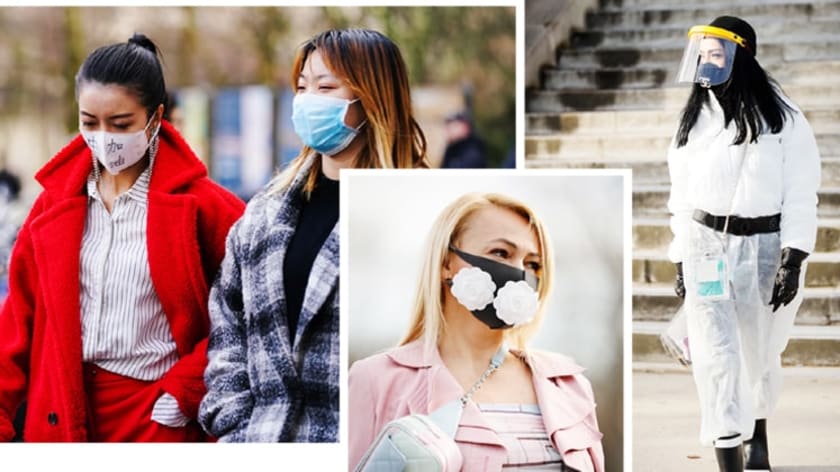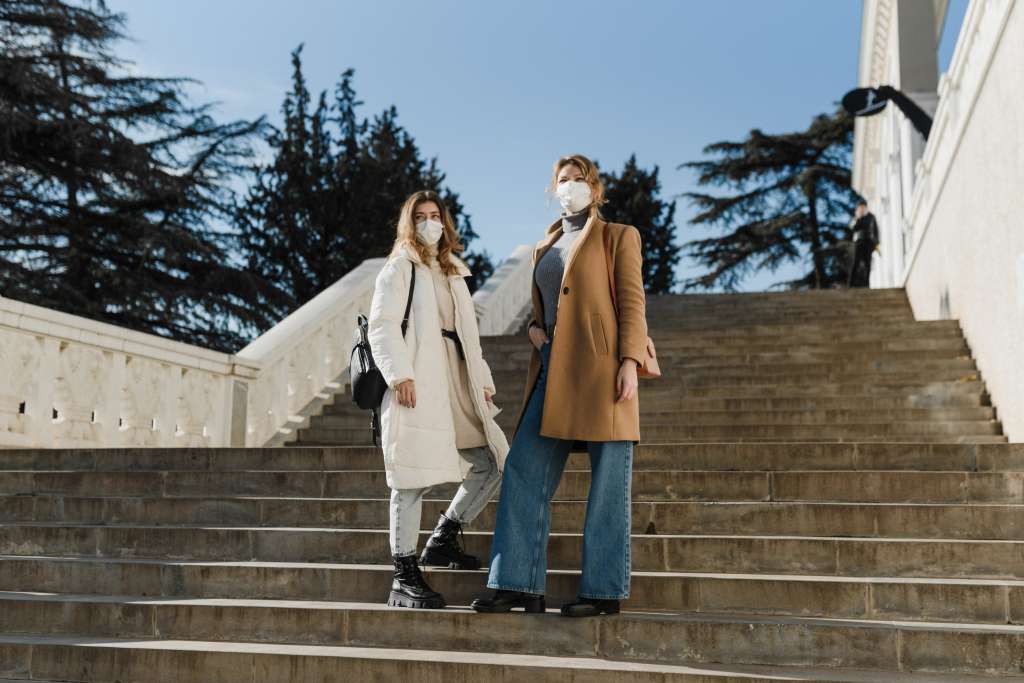COVID Supply-Chain Issues And What This Means For The Future Of Fashion Retail



The COVID-19 epidemic has brought the numerous problems the fashion industry straightforwardly faces to the light. The epidemic has impacted every aspect, from supply chain management to product design, leaving many firms with material and financial difficulties. However, the primary issue the epidemic has created is the failure of the wholesale business.
There is not enough foot traffic in the brick-and-mortar establishments to boost sales of the excess stock, which also had severe financial ramifications. For example, when the pandemic struck, clothes sales decreased due to customers' inability to purchase in physical stores in March 2020.
The COVID-19 Effect

The epidemic has further-reaching effects that might impact the fashion retail sector long-term. For example, many designers have been working remotely during COVID-19, which has kept them out of their typical, collaborative contexts. In addition, regional lockdowns worldwide have had a significant impact on the fashion retail business, which is a global one. Supply networks have been disrupted everywhere between China and Brazil, Italy and England.
The industry must adapt to the "new normal" to survive in the face of the pandemic's unpredictability. There are also ethical issues with the epidemic. In addition, thousands of seasonal garment workers' livelihoods are being impacted by the economic collapse of several factories in emerging nations. As a result, the fashion industry has started adapting its supply chain to stimulate reforms that might assure its existence in the face of the sorrows and difficulties that the pandemic has brought with it.
The global fashion retail business is regaining footing after nearly two years of turmoil. Digital acts as a growth nexus as companies adjust to shifting customer demands. Despite this, the sector still confronts formidable obstacles, including supply chain instability, uneven demand, and ongoing pressure on the bottom line. Nevertheless, growth will be a top goal in the upcoming year as most businesses struggle to make a profit.
Earnings before interest, taxes and amortisation (EBITA) margins fell by 3.4 percentage points to 6.8 per cent in the fashion business in 2019–20, resulting in a 20 per cent fall in sales. Performance disparities, which have grown to be a problem in recent years, were more pronounced than ever as the epidemic continued to spread. In 2020, a record 69 per cent of businesses were value destroyers, up from just 28 per cent in 2011 and 61 per cent in the most recent McKinsey Global Fashion Index (MGFI) reading. Around 7% of businesses went out of business altogether or were acquired by competitors.
While Europe trails behind and will require the resumption of international tourism to recover in 2022, China and the United States are projected to lead the industry's growth in that year. Meanwhile, domestic markets are expected to maintain their current impressive performance.
We look at how COVID-19 has affected efforts to promote sustainability in the fashion sector. We enquire whether COVID-19 will likely aid the transition to a more environment-friendly apparel sector. We use a framework for assessing sustainability along the fashion supply chain to answer this issue, stressing the possibilities and difficulties of a sustainable transition in terms of design, production, retail, consumption, and end-of-life.
We also consider socioeconomic factors at each stage about social effects, employment, and gender. By doing this, we contend that any significant transition toward sustainability and a just change must acknowledge how structural disparities affect social and environmental problems.
Several words and meanings describe sustainable fashion, including slow, ethical, green, and eco-fashion, which are hotly debated topics. The work of Ho and Choi, who explore sustainable fashion-supply chains utilizing the five "Rs"—recycling, reusing, reducing, redesigning, and reimagining fashion—is especially pertinent to this investigation.
The concept is in line with a circular economy's zero-waste hierarchy, which suggests a prioritised list of efforts, including refuse/rethink/redesign; reduce and reuse; recycling/composting; material and chemical recovery; and residuals management.
The term "sustainable fashion" refers to clothes, footwear, and accessories that are created, distributed, and utilised in the most environmentally and economically responsible ways possible. Based on these terms and notions, our framework for the study examines sustainability practices in global fashion retail supply chains at five interrelated stages: design, production, retail, consumption, and end-of-life.
The ethical issues raised by the epidemic are lessened in part by made-to-order products. Forbes claims that people are actively seeking sustainable products and services. The number of online searches for sustainable fashion tripled between 2016 and 2019, highlighting the need for openness in creating new products.
COVID-19's direct effects on the fashion sector

Despite early studies bringing attention to various issues related to the fashion industry on both people and the earth, industrial change has emerged sluggish. However, there were some recent indications that the industry was beginning to acknowledge its effects on people and the environment. Before COVID-19, sustainability was perhaps the largest buzzword in the fashion sector.
What happens when the fashion supply chain has to change?
Imran Amed, the creator and executive editor of The Business of Fashion, believes that "the fashion system has to be rewired." He emphasises the value of cooperation and the reality that no corporation will be able to tackle the crisis alone by saying that "the crisis is a catalyst that will jolt the industry into transformation."
The survey predicts that customers' shopping behaviour will change shortly to become more sustainable, focusing more on timeless classics. As a result, many customers will be searching for simple, timeless things that feel more responsible given the status of the world. These pieces are referred to as "investment" pieces.
The epidemic has undeniably drawn attention to the issue of sustainability, escalating debates and further polarising opinions on consumerism, excessive spending, and careless corporate practices.
Brands will gain from interacting with suppliers about new advancements, conveniently sourcing textiles through platforms, growing networks and forming partnerships with ethical suppliers. In addition, such suppliers will access the latest collections and track and buy samples in one location.
Suppliers will gain from meeting and establishing connections with current and potential customers, showcasing their products and most recent collections, creating a branded and personalised digital showroom, enhancing their brand's market presence, developing solid relationships with brands that share their values, and being highlighted on our social media platforms.
However, COVID-19 brought the entire sector to a standstill in the first few months of 2020. The epidemic, called a "perfect storm," had an immediate effect on the world's manufacturing networks for clothing. As businesses closed, employees were let off, fashion weeks were postponed, and there was an increase in unsold inventory, a more significant part of the fashion sector experienced financial difficulties.
This circumstance has caused several major worldwide fashion firms to default on payments for clothing that has already been produced and transported, which has had a disastrous effect on garment producers, who are now facing losses worth billions of dollars.
Conclusion
Fashinza aims to provide comprehensive textile production solutions to fashion producers, ranging from small enterprises to big retailers, whether they are selling online or offline via social media. The company assists consumers in selecting the top Indian garment manufacturers on social media before managing the entire manufacturing process, which includes fabric sourcing, pricing, samples, production, quality control, and delivery. Utilising social media platforms saves businesses time on production-related activities.
Fashinza enables businesses to track the status of their orders on social media or other platforms, guaranteeing not only on-time delivery but also keeping our partner firms updated at all times.



















